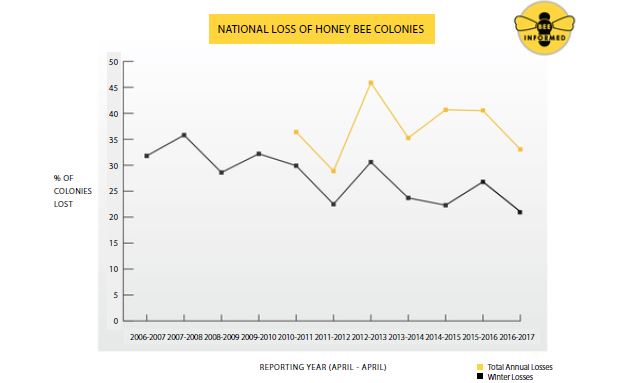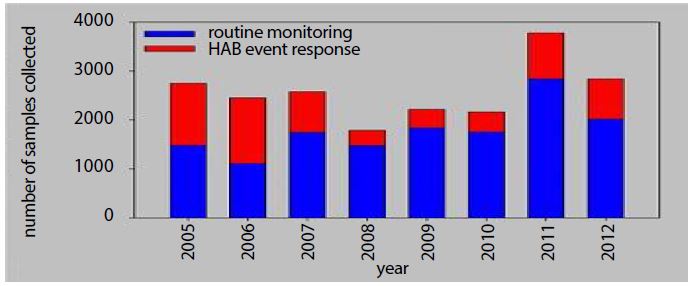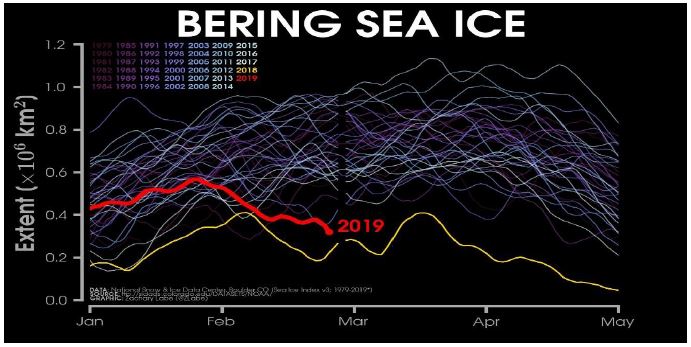Journal Name: Scholar Journal of Applied Sciences and Research
Article Type: Short Communication
Received date: 27 March, 2019
Accepted date: 03 April, 2019
Published date: 10 April, 2019
Citation: Sokeland WP (2019) Bees and Fish Deaths with Melting Sea Ice: Incoming Exploding Star’s Warm Blobs. Sch J Appl Sci Res Vol: 2, Issu: 4 (30-32).
Copyright: © 2019 Sokeland WP. This is an open-access article distributed under the terms of the Creative Commons Attribution License, which permits unrestricted use, distribution, and reproduction in any medium, provided the original author and source are credited.
Abstract
The impact times of WZ Sagittae, SN 1054, V606 Aquilae, and SN 1006 show times that produced unusual events like bee, fish deaths and including weather wise ‘warm blobs” are caused by incoming debris streams. Warm blobs are connected to melting of sea ice and extreme events in Earth’s biosphere. Correlations of impact times and longitude locations define these phenomena as interrelated.
Keywords
Sea ice, Warm blobs, Bees, Fish, Debris streams.
Abstract
The impact times of WZ Sagittae, SN 1054, V606 Aquilae, and SN 1006 show times that produced unusual events like bee, fish deaths and including weather wise ‘warm blobs” are caused by incoming debris streams. Warm blobs are connected to melting of sea ice and extreme events in Earth’s biosphere. Correlations of impact times and longitude locations define these phenomena as interrelated.
Keywords
Sea ice, Warm blobs, Bees, Fish, Debris streams.
Introduction
Exploding stars produce small positively charged particles to form a debris stream due to the gravitational pull of our sun. These particles amass to deliver kinetic energy and melt sea ice, small animals like bees and large animals like Saiga antelope are slain by the incoming particles, and the debris streams cause fast and unusual changes in the weather that may last for months like the warm Alaskan late winter of 2018-19.
Discussion
Beginning in 2006 40 percent of USA bee colonies died [1]. This was an unusual event that occurred in good bee weather and coincided with the impact of the debris stream of SN 1054 noted in the research paper, WZ Sagittae Space Weather-Global Warming. From Figure 1, it can be seen bee deaths have continued yearly due to the SN 1054 debris stream passing over the USA twice a year [2].
The experts giving the reason for the bee deaths cling to the concept that the bees are dying due to normal parasites known as mites. The bees are weakened by the incoming particles from the supernova and become susceptible to the mites and then die.
Figure 1:Bee Deaths USA [1].
Figure 2:Karenia brevis Outbreaks in Florida [4].
Figure 3:Yellow Line 2018 Impact-Extreme Melt of Bering Sea Ice [5].
Figure 4:Exploding Star Impact Times versus Blue Warm Blob Times [6].
The first time long term Karenia brevis outbreak started in 2005 and killed many fish in Florida due to impact of SN1054 during following years indicated in Figure 2. The fact that the beginning of these disasters’ links to the impact time of SN 1054 is not a coincidence.
This phenomenon has been seen in other species such as the odd nosed antelope of central Asia that was killed in the thousands in days by SN1006 in the spring of 2015 [3].
The last impact of nova WZ Sagittae was 2018 as shown in Figure 3. The nova’s last outburst was in 2001 giving 17 years transit time for the debris stream from the nova to Earth [4].
Two other outbursts of nova WZ Sagittae were during the years of 1946 and 1978. Adding 17 years gives impacts of 1963 and 1995, respectively. Nova V606 Aquilae impacted our planet in the range of time 1983 ± 9.6 years. Supernova 1054 impacted our planet in 2005. Supernova 1006 impacted our planet in the year 2012. WZ Sagittae had another outburst in 1913 resulting in a 1930 impact, but this time is not shown on Figure 4.
A “warm blob” could form due to incoming energy from an exploding star. The blob would form at the time of impact and exist for a period of time according to the strength and density of the incoming debris stream of the exploding star [5,6].
The warm blob times are correlated by the exploding star impact times as shown by the arrows in Figure 4. The first black arrow represents WZ Sagittae impact in 1963. The second black arrow represents V606 Aquilae’s impact of 1983 ± 9.6. The green line in Figure 4 shows the range of possible impact times resulting due to the tolerance of ± 80 light years on the distance of the remnant of V606 Aquilae. The third black arrow represents WZ Sagittae impact in 1995. the two red arrows are supernova 1054 and 1006 impacts in the years 2005 and 2012, respectively. As can be seen in Figure 4, there is a definite correlation between exploding star impact times of debris streams and the formation of warm blob times. The melting of Bering Sea ice and WZ Sagittae 2018 impact time is another data point for our consideration [7].
The world is currently under attack by debris streams from at least four exploding stars, but experts cannot admit that explosions that are light years away are killing life on our planet. The experts cannot face the possible situation that global warming energy is from exploding stars.
If we wait long enough and do nothing but try to reduce man made CO2 emissions, the coming destruction from exploding stars may destroy the civilization of the USA.
Conclusions
The time duration for warm blobs after a WZ Sagittae impact does not extend thru the total impact period of 17 years due to the changing strength of the impact stream. As a result, Alaska will not experience warm winters for more than three years in a row.
Animal deaths and ice melts can be attributed to particular exploding stars where the distance to the remnant and right ascension should be known.
https://www.cbsnews.com/news/40-percent-of-u-s-bee-coloniesdied- in-past-year/[ Ref ]
https://www.usatoday.com/story/news/nation-now/2017/05/26/ third-nations-honeybee-colonies-died-last-year-why-you-shouldcare/ 348418001/[ Ref ]
https://news.nationalgeographic.com/2018/01/saiga-antelope-killedbacteria- 2015-mass-die-off-central-asia-spd/[ Ref ]
https://myfwc.com/research/redtide/monitoring/about/[ Ref ]
Personal communication Dr. Zack Labe – Twitter[ Ref ]
https://journals.ametsoc.org/doi/full/10.1175/JCLI-D-17-0149.1[ Ref ]
https://independent.academia.edu/WilliamSokeland[ Ref ]






